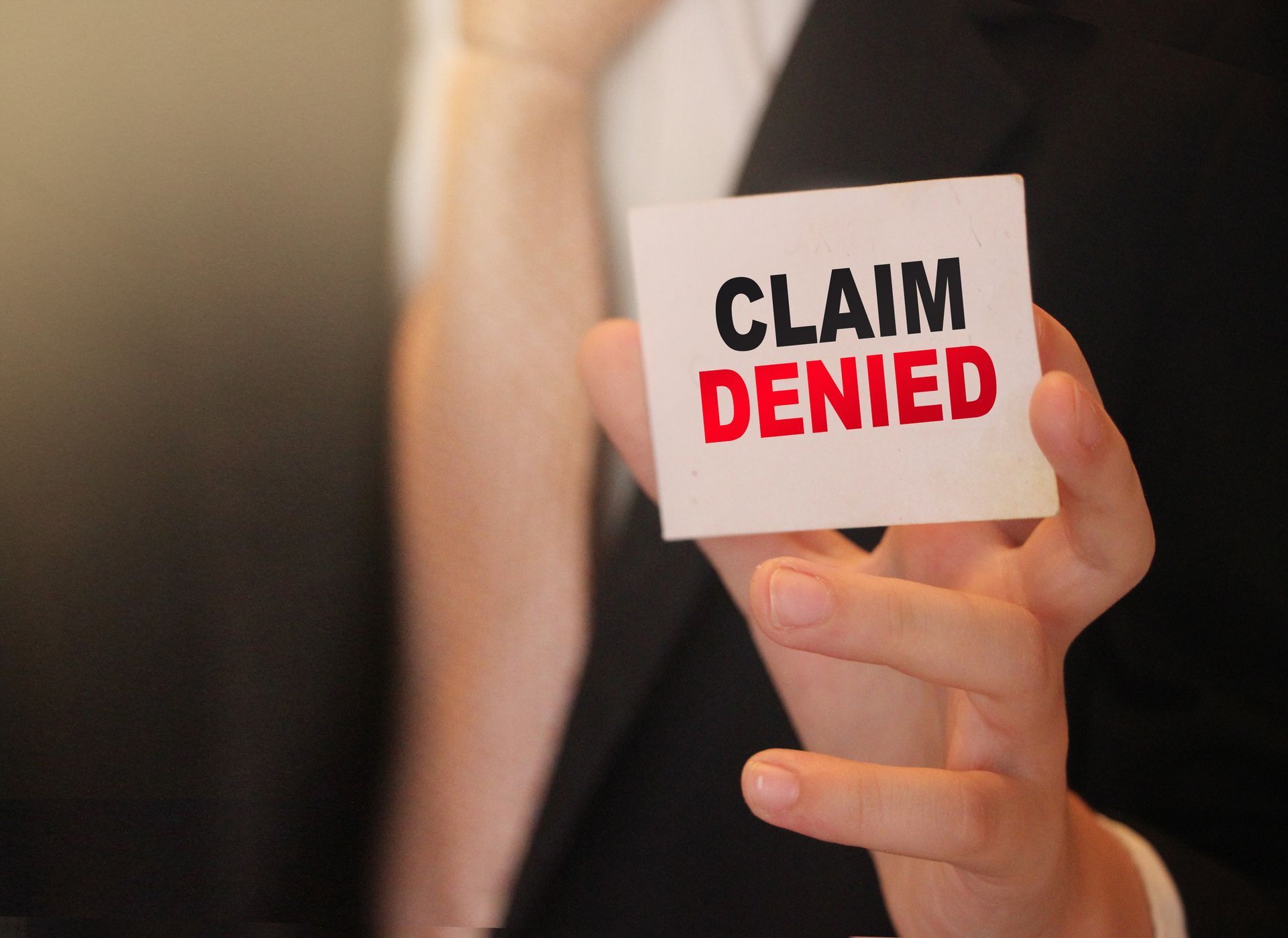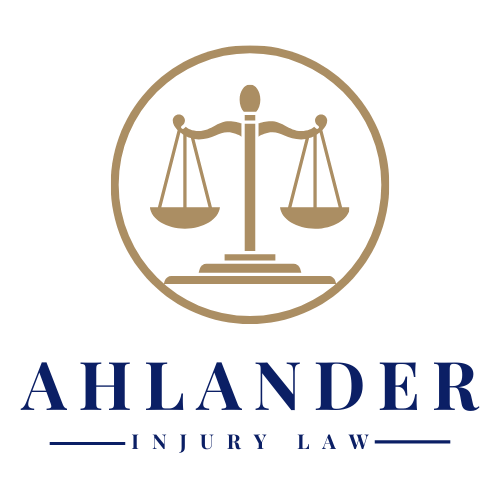Types of Product Defects
Unfortunately, products don’t always work as they are intended and this can lead to injuries. If you’ve been injured by a defective product, you need to know exactly what went wrong so you can build your case when filing an insurance claim. There are several types of defects you might encounter.
Design
Sometimes the problem is simply that the product was not designed well. There is an inherent problem with the concept behind the product and it does not work properly and this can lead to injury. With these kinds of defects, every product made from that design will be defective and have the potential to injure anyone who uses it. In many cases, a design flaw can lead to a product being recalled especially after numerous reports of injuries and issues. If you believe you were injured because the design was faulty, you need to prove that every product made from the same design has the potential to cause injury rather than just the one unit you used.
Manufacturing
Manufacturing flaws occur not because the design is poor but because something went wrong while the product was being made. A manufacturing defect will affect a much smaller number of products and won’t require every unit of the product to be recalled. It will usually just impact a few batches. If you are injured by a product due to a manufacturing flaw, you will need to establish how the product was initially supposed to work and what went wrong in the manufacturing process to prevent it from functioning properly.
Labeling
Lastly, you have labeling defects. In this case, the product was designed and manufactured properly. However, there are issues with the labeling. For example, there may be improper or missing warning labels. The instructions for using the product may be incorrect. In these cases, the company that made the product may attempt to put you at fault for using the product improperly. However, if they did not provide you with the right instructions or warnings, then they are responsible for any injuries you sustain.
If you’ve been injured by a defective product, you need a strong team behind you to help you get the compensation you deserve. Hiring an attorney can help you solidify your case and know which paths to follow. Start by finding an attorney experienced in injury law.
Do you need an attorney to represent you in your case against a defective product? Click here to find an attorney at Ahlander Injury Law.
The post Types of Product Defects appeared first on Ahlander Injury Law.





